Raising mealworms for chickens (and wild birds) is a popular and beneficial practice among backyard poultry keepers. Mealworms, also known as Tenebrio Molitor, are insects that provide a fantastic source of protein and nutrients for chickens.
When included in their diet, mealworms can contribute to various aspects of a chicken’s health, such as better feather development, egg production and overall well-being.

The mealworm life cycle has four distinct phases: egg, larva, pupa, and beetle. Female Darkling Beetles can produce up to 500 eggs over a span of 1 to 5 months, which makes mealworm farming not only sustainable but also cost-effective.
Mealworms can thrive on a diet of root vegetables, fruit peels, and other vegetative scraps, making them relatively low-maintenance to raise.
Meal Worms for Chickens: Boosting Nutrition and Health Naturally
Chickens benefit from both live and dried mealworms in their diet.
- Dried mealworms contain around 50% protein and 28% fat
- Live mealworms offer 28% protein, 13% fat, 2% fiber, and 62% water
Considering a chicken’s diet should include around 16% protein, incorporating mealworms into their feed can significantly contribute to their nutritional needs.
Benefits of Mealworms for Chickens; When To Feed Mealworms With Chicken Feed

Protein and Nutrient Content
Mealworms are an awesome source of protein and nutrients for chickens. Dried mealworms contain about 50% protein, while live mealworms have around 30% protein content, making them a suitable supplement to your chicken’s diet without causing obesity issues.
They are loaded with vitamins, minerals, and trace elements, including calcium, essential for healthy bone development.
Boost in Egg Production
Feeding mealworms to your laying hens can increase egg production and improve egg quality. The high protein content in mealworms helps maintain the hormones required for efficient egg production.
In addition, the nutrients present in mealworms contribute to stronger eggshells and richer yolks, making them more nutritious overall.
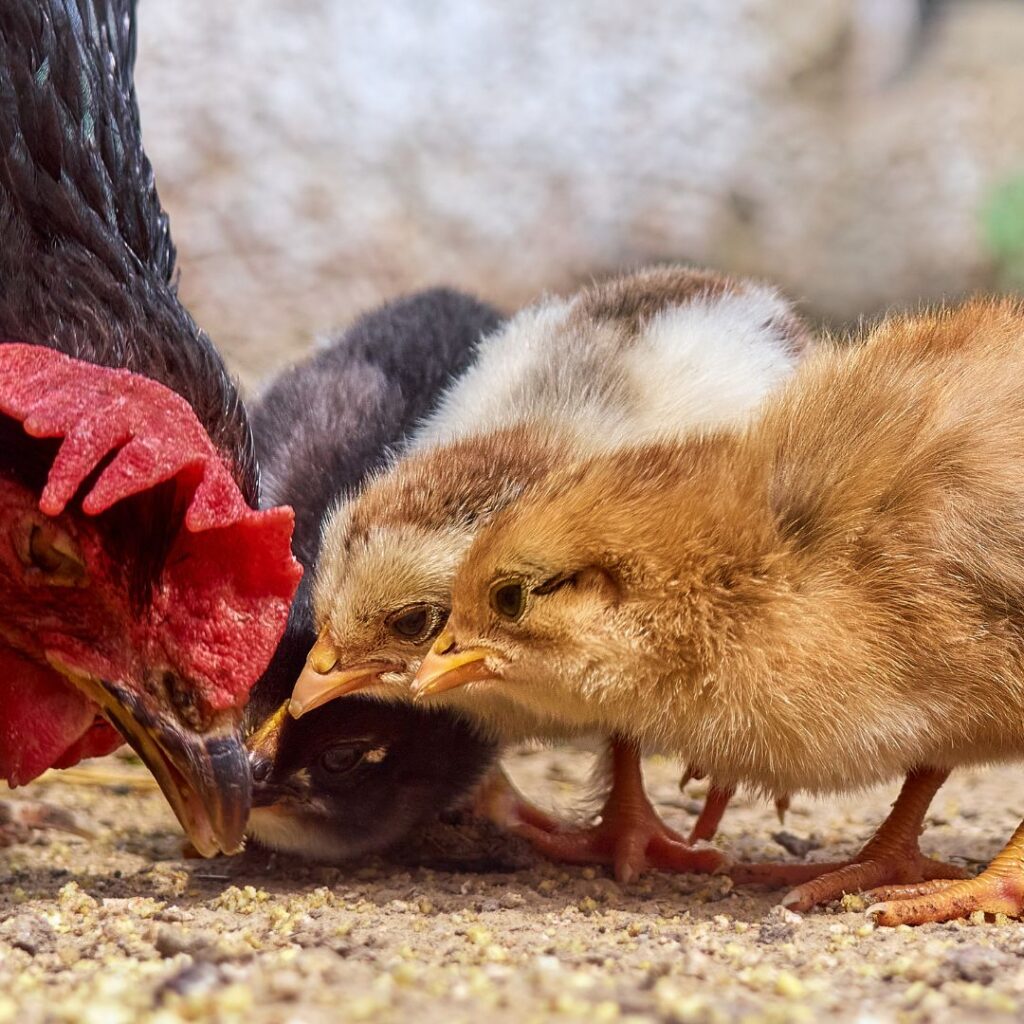
Molting and Feather Health
Chickens go through molting, where they shed and replace their feathers. During this time, proper nutrition is crucial, and the protein found in mealworms can help provide the required nutrients for healthy feather regrowth.
Mealworms also contain essential amino acids, which can contribute to the overall feather quality, making them shinier and healthier.
Improved Immune System
Another benefit of feeding mealworms to chickens is that they can help boost their immune system. The nutrients and proteins in mealworms support developing and maintaining a robust immune system.
A strong immune system allows chickens to ward off diseases and infections, making them healthier overall.
Bonus: Chicken Coop Benefit
If you’re using the deep litter system, especially in the winter, you know the chore of turning the litter weekly. Let your chickens do the dirty work for you.
Sprinkle some worms on the floor of the coop and watch them scratch and hunt for them as they turn your litter.
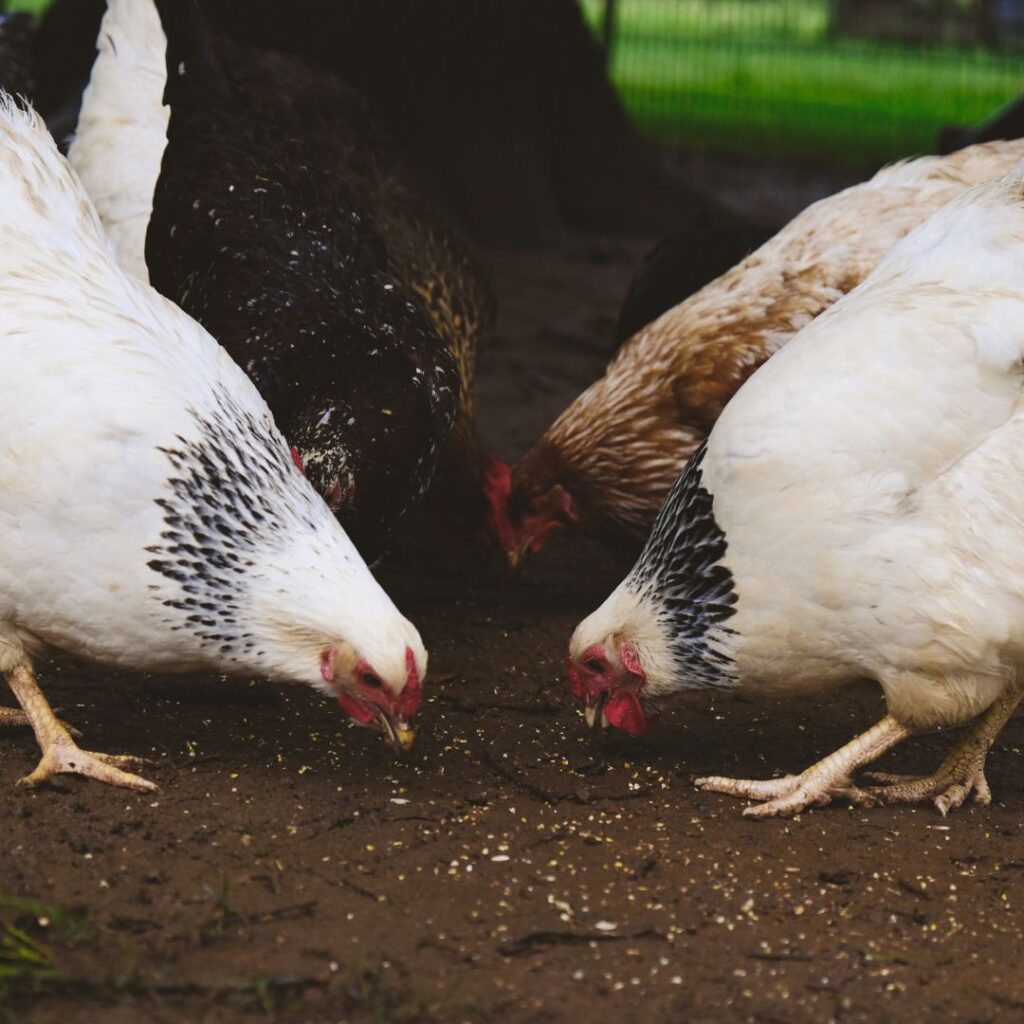
Giving Your Chickens Mealworms
Like any other animal, chickens require a balanced and nutritious diet to thrive. Mealworms have gained popularity as a tasty, protein-rich supplement for chickens, mainly because they are easy to raise and maintain.
This nest section covers the differences between live and dried mealworms, highlighting alternatives like crickets.
Live Mealworms vs. Dried Mealworms
Live mealworms provide a natural experience for chickens, as they would forage for insects in their natural environment.
Chickens enjoy the chase and the challenge of catching moving insects, let alone eating mealworms.
Live mealworms contain higher moisture content, making them a juicy treat for your flock. On the other hand, dried mealworms have a longer shelf life and are easier to store. They can be mixed into the coop bedding, allowing chickens to rummage through the litter/bedding and locate their treats. Both options provide protein and nutrients in their own ways.
- Live Mealworms:
- A natural experience for chickens
- Higher moisture content
- Dried Mealworms:
- Longer shelf life
- Easier to store
Treats and Moderation
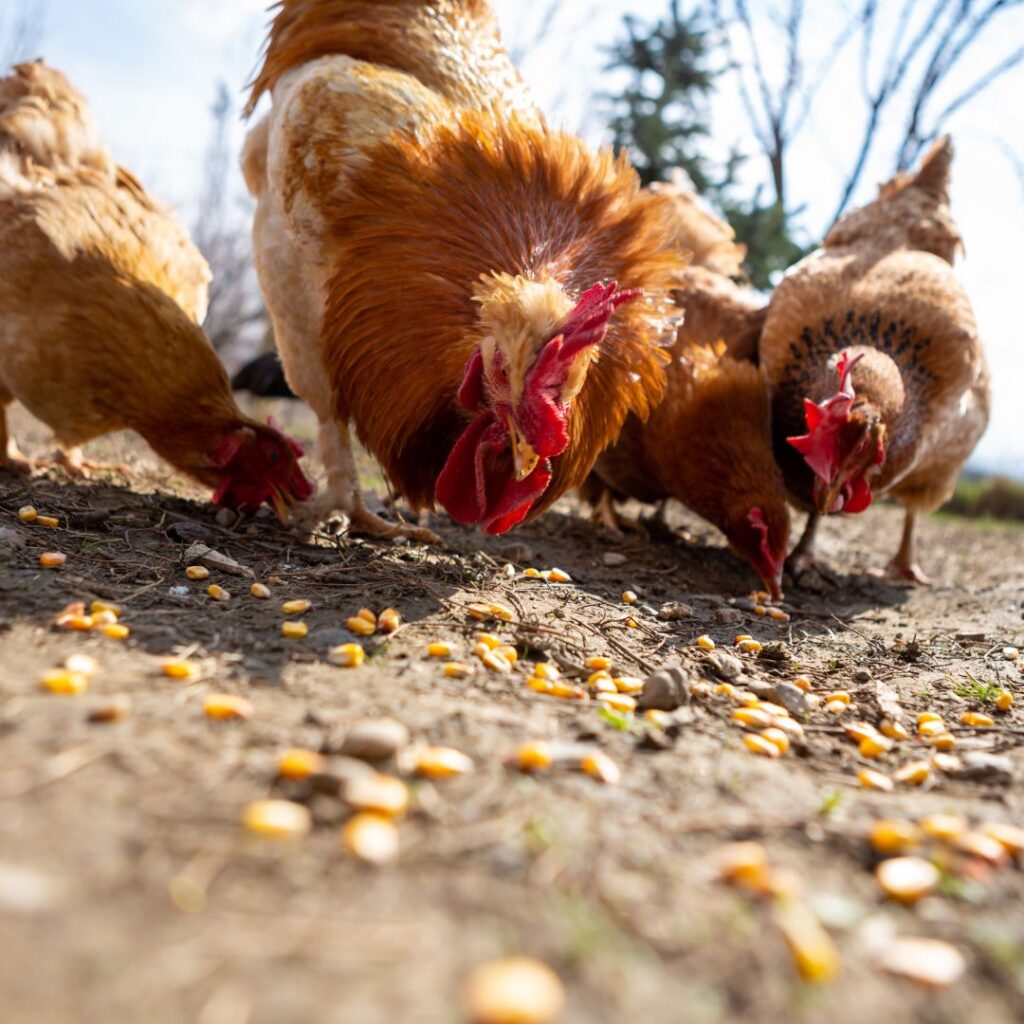
Chickens should be offered mealworms in moderation. Although they are an excellent source for protein and nutrients, they should not replace a well-rounded chicken feed. Think of mealworms as extra treats rather than the primary food source for your chickens.
Too many treats, including too much protein, can lead to imbalances in the diet, affecting the health of your flock.
Alternative Insects: Crickets
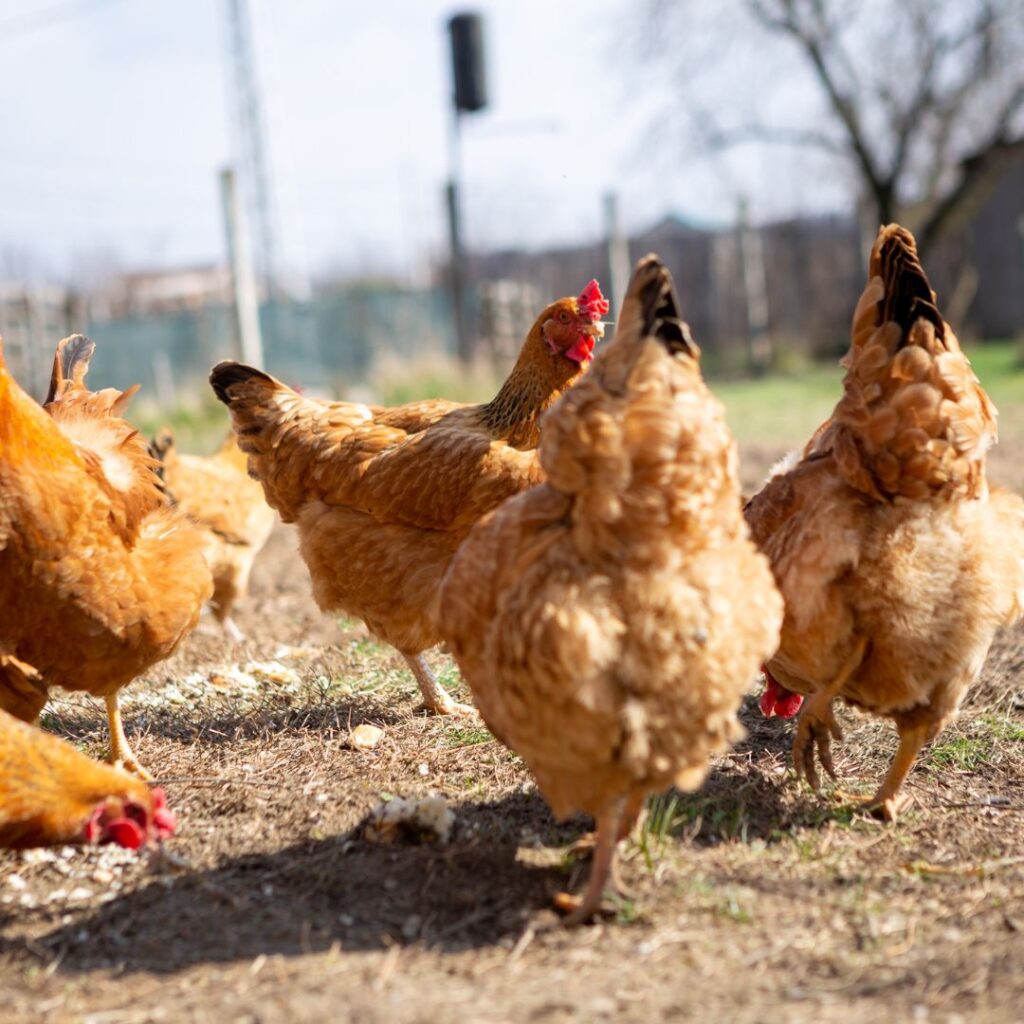
While mealworms are a popular option for a protein snack, other insects can provide similar benefits for your chickens.
Crickets are another excellent source of protein that can be offered to your flock. Introducing a variety of insects can stimulate foraging behavior and prevent boredom, ensuring your chickens’ mental and physical well-being.
To sum it up, mealworms are a valuable addition to a chicken’s diet when fed appropriately. They provide essential protein and nutrients to supplement a well-rounded diet.
Make sure to include various treats, such as crickets, for a healthy, happy flock.
Common Challenges and Solutions
Zoonotic Diseases and Pesticides
One challenge in using mealworms as feed for chickens is the potential risk of zoonotic diseases, such as salmonella.
To minimize this risk, it’s essential to maintain proper hygiene while raising mealworms and to ensure that your chickens’ environment is kept clean.
Additionally, be cautious about the use of pesticides and chemicals when cultivating mealworms.
Using organic methods or selecting feed that has not been treated with harmful substances can prevent the introduction of potential toxins into your chickens’ diet.
Culling Larger Mealworms for Baby Chicks
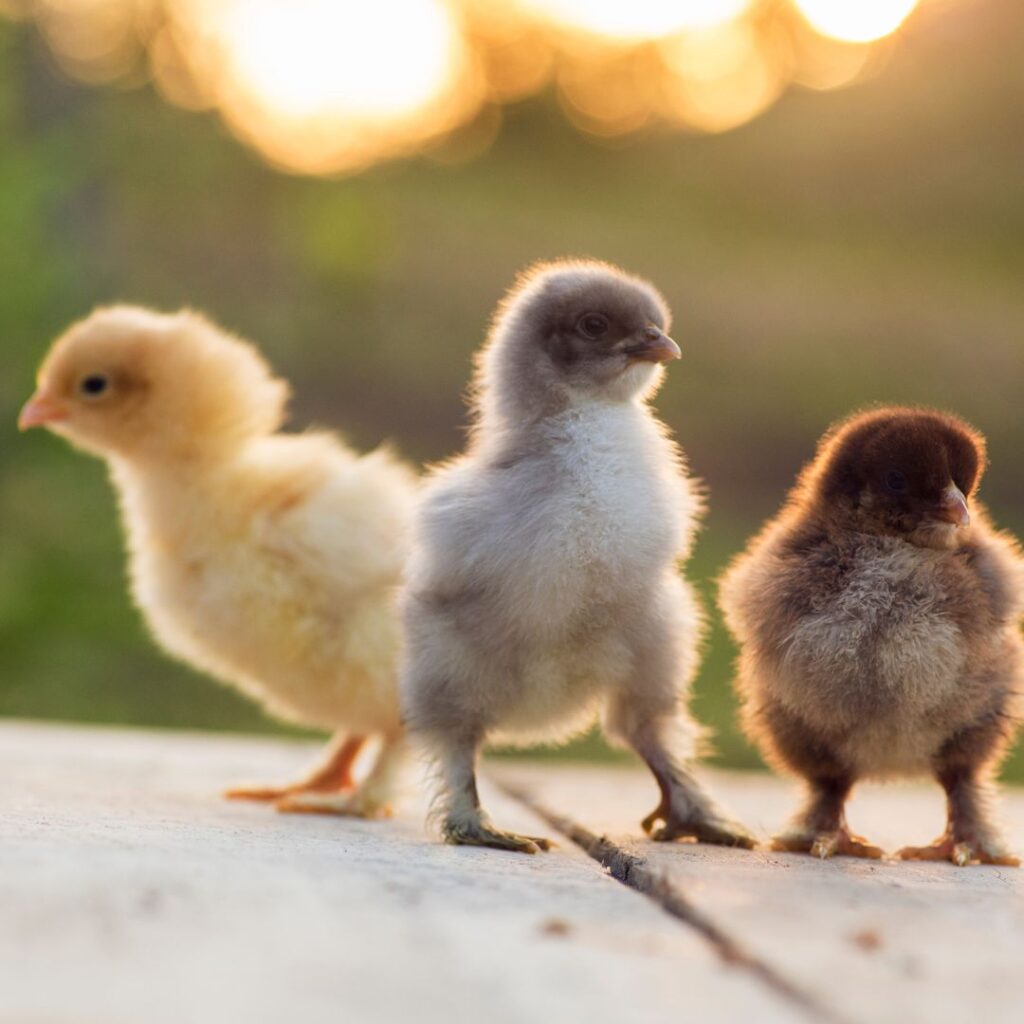
Baby chicks and ducks require smaller mealworms due to their size and developmental stage.
To address this challenge, cull larger mealworms from the colony to ensure the appropriate size is being provided to the younger birds.
This can be achieved by using a sieve or mesh to separate smaller mealworms from their larger counterparts, allowing for a more straightforward feeding process.
Maximizing Nutritional Value
Mealworms are a valuable source of protein for chickens, but their nutritional value can be maximized by providing a balanced diet for the mealworms themselves.
To do this, use a mixture of high-quality feed, such as wheat flour and other organic materials.
This will benefit the mealworms and result in healthier chickens that benefit from improved nutrition.
When giving mealworms to chickens, moderation is essential to prevent overfeeding, which will lead to obesity and related health issues.
Chickens can be fed between 4 and 10 mealworms apiece daily, depending on the protein content in the mealworms.
By following these guidelines, you can ensure nutritional needs are met without causing harm to your flock.
If Chickens Free Range, Can They Still Benefit From Meal Worms?
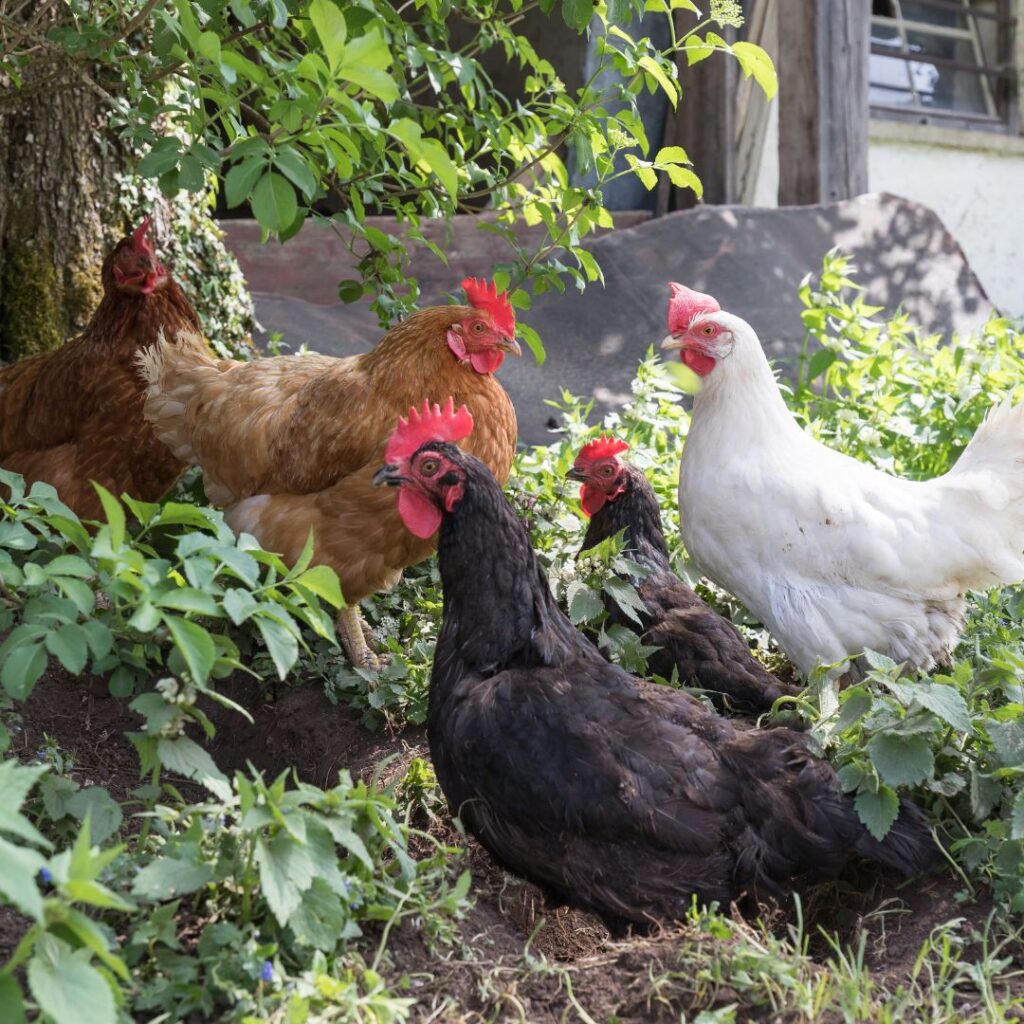
While your flock may be working hard to collect ticks and grubs and eat up all the weeds in your yard, they are using that protein intake quickly.
Serving them a few mealworms is still beneficial, and with all the health benefits and the extra protein, it’s well worth allowing this treat in their routine a couple of times a week.
How to Raise Mealworms for Chickens
So, you want to grow mealworms for feeding your adult chickens and baby chicks? It’s easy and only requires a dark spot in your basement or garage and a few items you may already have or can pick up for a few dollars.
Mealworm Life Cycle
Understanding the mealworm life cycle is essential before you start raising your mealworms. The mealworm is the larva stage of the darkling beetle or Tenebrio molitor.
The life cycle consists of four stages:
- egg
- larva (mealworm)
- pupa
- adult beetle
During the larval form, mealworms are sought after for their nutritional value as a food source for chickens.
Setting Up the Mealworm Farm
To set up a mealworm farm, choose a suitable container. A large plastic or glass aquarium with a tight-fitting lid works well. Ensure adequate ventilation by drilling small holes into the lid.
The ideal temperature for raising mealworms is in the 77-81ºF range.
Place a two- to three-inch substrate layer in the container, such as wheat bran, rolled oats, cereal crumbs, or mash.
Add 500 or more mealworms to your container, which can be bought at bait shops, feed stores, or from insect farmers.
Feeding and Maintaining the Colony
Provide a source of moisture for the mealworms by adding small pieces of vegetables or fruits, such as potatoes, apples, or carrots.
Caution: you would not give potatoes to chickens unless fully ripened with no green skin. Apple seeds are dangerous to chickens.
Avoid using water dishes, as mealworms may drown in them. Replace the food every few days to prevent mold growth.
Keep the container in a dark, warm location, as darkling beetles prefer darkness.
Regularly remove dead beetles, shed exoskeletons, and any mold to maintain a healthy mealworm colony.
Breeding and Harvesting Mealworms
Mealworms will pupate and eventually become darkling beetles, which lay eggs to continue the cycle.
Eggs will hatch into larvae within just a few weeks. The breeding process will occur naturally if you have a proper environment and feeding routine.
Mealworms will continue to grow and reproduce, creating a self-replicating food source for your chickens.
Once mealworms reach the desired size, you can harvest them for your chickens. Collect the mealworms using a sieve or your hands, and feed them straight to your chickens.
By the time larvae have grown large enough to harvest, darkling beetles have likely laid more eggs, ensuring a continuous supply of mealworms for your flock.
Creating a Suitable Environment for Mealworms
Substrate and Bedding Options
To raise mealworms effectively, providing a suitable substrate and bedding is essential. A well-prepared substrate can accommodate worms while they grow and serve as food. Common material options include:
- Wheat bran: An affordable and widely used substrate for mealworms.
- Cornmeal: Another commonly used option that provides necessary nutrition.
- Oatmeal: A less preferable alternative, but still a viable option.
Apart from these primary substrates, adding other materials for additional support, like paper towels, newspaper, or cardboard, provides hiding and resting spots for the worms.
Feeding and Water Sources
Supplementing the diet of mealworms with additional food and water is necessary for the health and growth of the worms. Some popular food options are:
- Carrot: A rich source of moisture for mealworms and their favorite snack.
- Potato: Another hydrating option that serves as a water source and nutrition.
- Apple: An alternative, albeit lesser-known, choice, supplying required moisture.
Be cautious while offering these items, as excess moisture in the mealworm farm may lead to mold and bacterial growth.
Temperature and Humidity
Creating an optimal temperature and humidity environment is crucial for successful mealworm farming and egg production.
Maintain a temperature range of 75-85°Fsince it caters to the ideal growth and reproduction of the worms. In colder winter months, use heating pads or similar devices to achieve the required temperature.
For humidity, maintain a 60-70% level within the mealworm farm. This range allows for proper coop bedding and sustains the worms without triggering mold growth.
By providing an ideal environment with suitable substrate, feeding, and temperature, you can successfully breed mealworms to cater to your chickens’ nutritional requirements.
Where to buy mealworms for chickens?
- Feed and Grain Stores
- Bait Shops
- Online at places like Amazon
Conclusion
Mealworms offer multiple benefits to chickens, making them an excellent addition to their diet. Chickens love mealworms as a source of high-quality protein, essential for their growth and development.
Giving just a few mealworms to chickens promotes healthy growth, particularly in young chicks.
Key benefits of feeding chickens mealworms:
- Rich in protein for optimal growth and development
- Provides essential nutrients such as fats, calories, and carbohydrates
- Helps lay healthy eggs
- Growth, Health, and Maintenance of Feathers
However, it is essential to feed mealworms in moderation to avoid obesity in chickens. A recommended serving ranges from 4 to 10 mealworms per chicken, depending on whether they are dried or live.
Dried mealworms contain about 50% protein, so limiting chickens to 4-5 dried mealworms each is advisable. With around 30% protein, live mealworms allow chickens to consume up to 10 mealworms.
Treat consumption should be at most 10% of a chicken’s daily food intake to ensure a balanced diet. Rotating treats and maintaining portion control can help uphold the health of your chickens.
In summary, mealworms provide essential nutrients for the growth and development of chickens, with their high protein content being particularly beneficial. Ensure proper portion control, and you can significantly enhance your chickens’ diet by including mealworms.

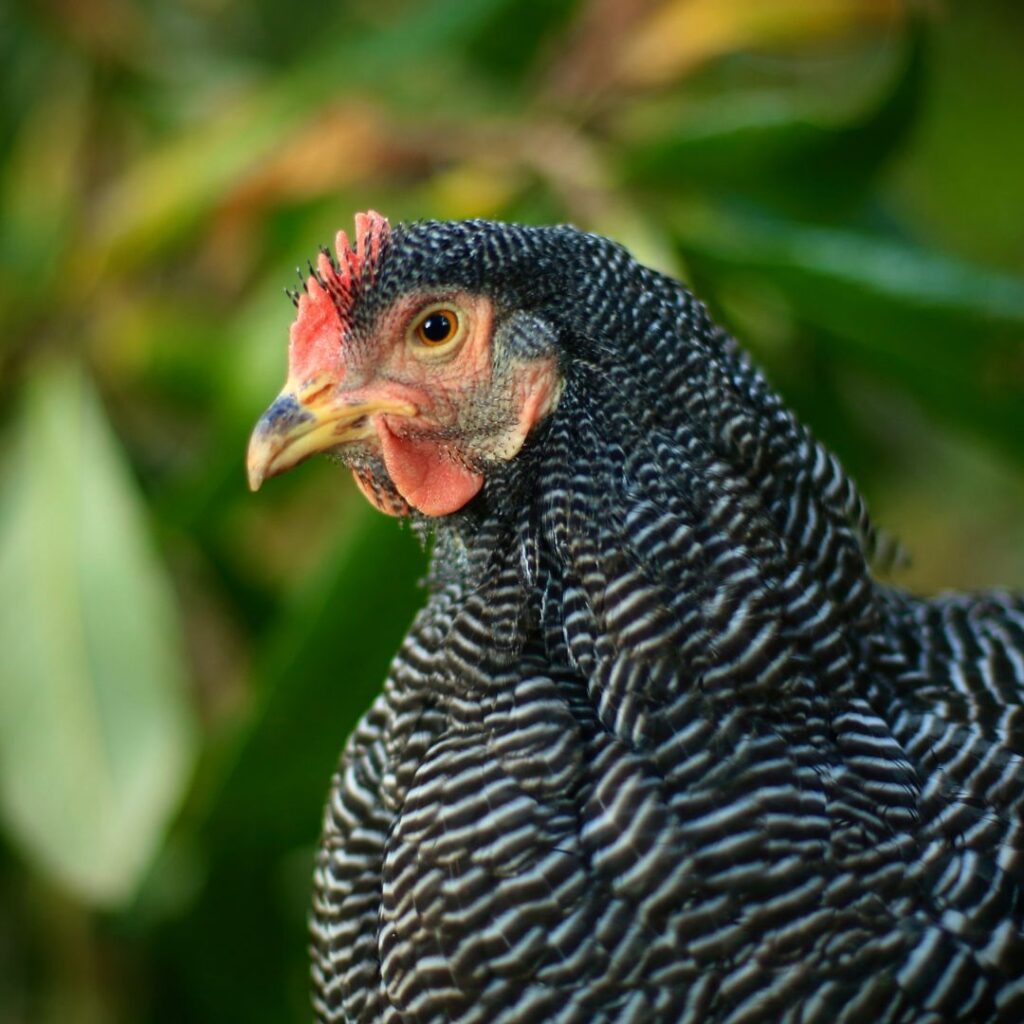
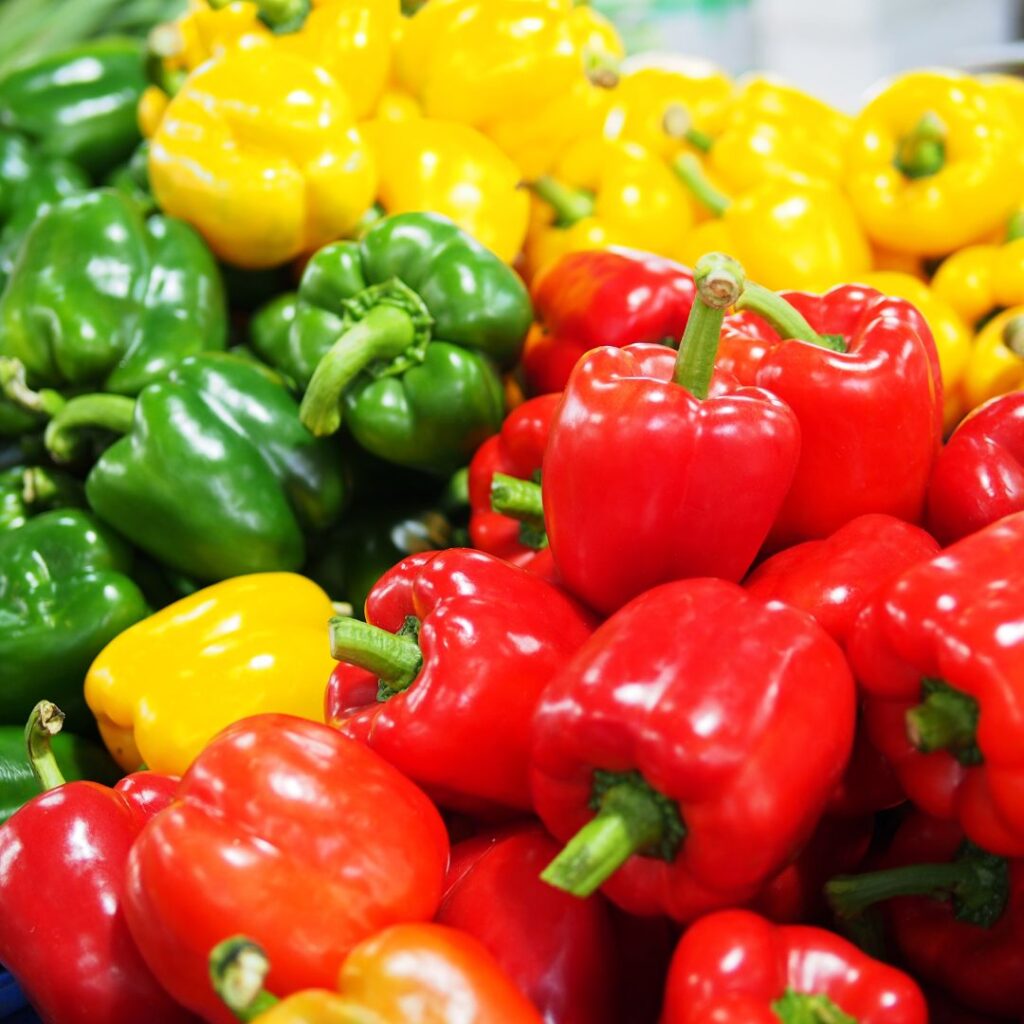

Pingback: Tips for Successfully Free-Ranging Chickens
Pingback: Do Chickens Eat Grass? A Comprehensive Guide - Gilmore's